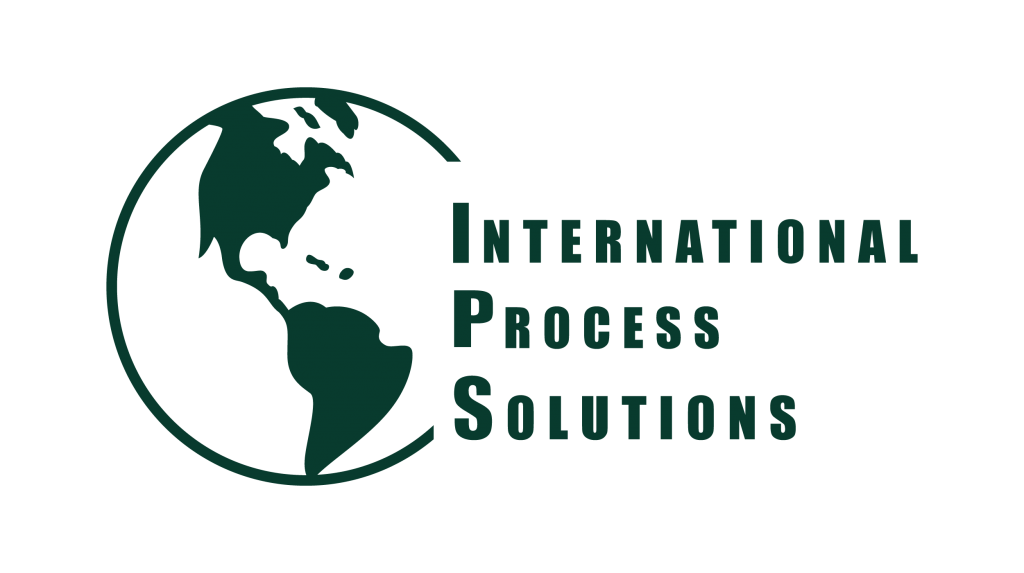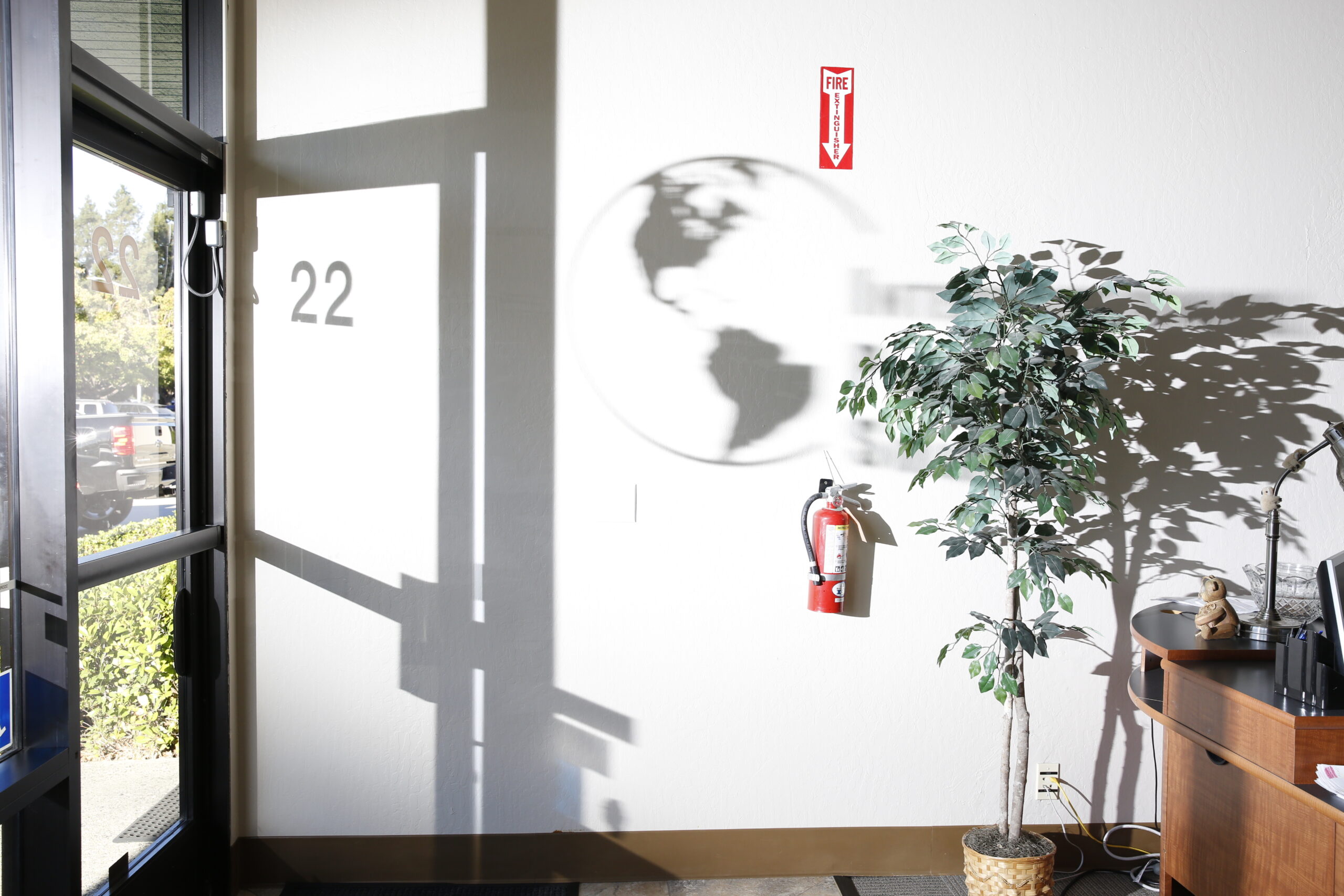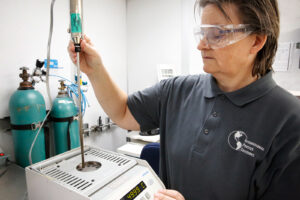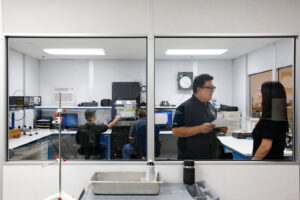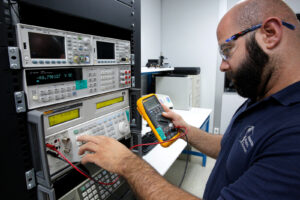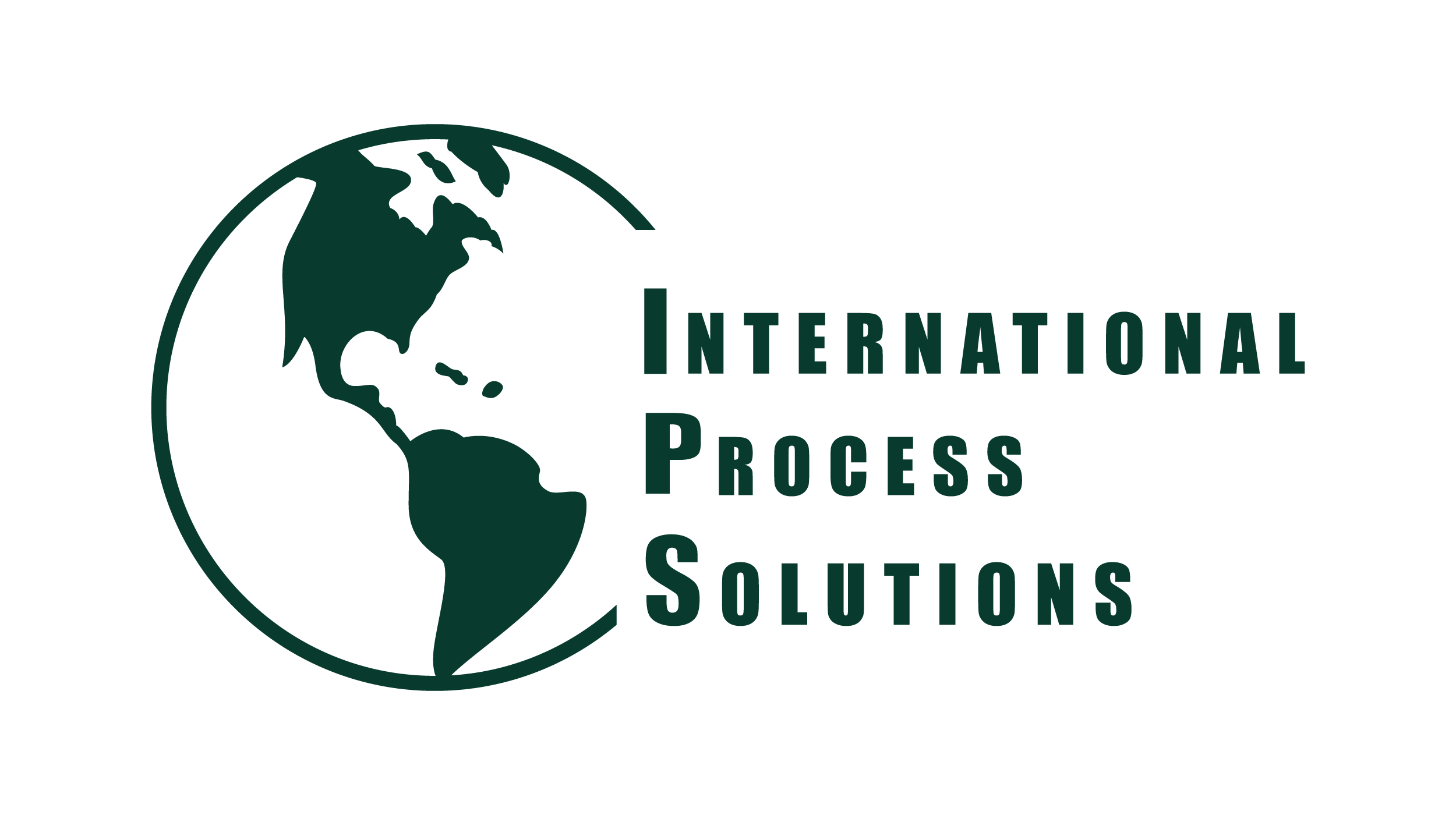Proper calibration of industrial equipment and instruments is a critical component of operational efficiency. At International Process Solutions, we prioritize precision and accuracy, understanding that consistent calibration directly reduces costs, minimizes downtime, and extends the lifespan of critical machinery. This article explores the detailed strategies and methodologies for implementing an effective calibration program that ensures maximum performance across all operational systems.
Understanding the Financial Impact of Calibration
Incorrectly calibrated instruments can lead to inaccurate measurements, production errors, and wasted materials. Each deviation, no matter how small, contributes to substantial financial losses over time. By maintaining rigorous calibration schedules, businesses can prevent costly rework, reduce scrap rates, and optimize resource utilization.
Our approach involves evaluating each instrument’s criticality to production processes. High-precision devices, such as flow meters, pressure transducers, and temperature sensors, are prioritized to maintain operational integrity. Calibration ensures that each device operates within specified tolerances, eliminating errors that could disrupt production and generate unexpected expenses.
Preventing Unscheduled Downtime Through Proactive Calibration
Unplanned downtime is one of the most expensive challenges in manufacturing and process industries. Equipment failures often originate from inaccurate or uncalibrated instruments, which compromise system performance. A proactive calibration program identifies potential deviations before they escalate into costly interruptions.
Regular calibration enables predictive maintenance by tracking instrument performance trends. When deviations are detected early, corrective actions can be taken during scheduled maintenance windows, preventing emergency shutdowns and maintaining continuous productivity. This strategic approach ensures that machinery operates reliably and efficiently at all times.
Optimizing Equipment Performance and Process Consistency
Calibration directly contributes to consistent production quality. Precision instruments regulate critical parameters, including pressure, flow, temperature, and chemical composition. Deviations in these variables can compromise product quality, cause batch rejections, or lead to regulatory non-compliance.
By aligning instruments to manufacturer specifications and industry standards, businesses achieve repeatable results, minimize process variation, and maintain high-quality output. Proper calibration ensures that every production run meets exacting standards, which not only reduces waste but also reinforces customer trust and satisfaction.
Extending Equipment Lifespan Through Accurate Calibration
Equipment wear and premature failure often result from operating outside recommended specifications. Instruments that are not properly calibrated force machinery to compensate for inaccuracies, placing additional stress on components. Routine calibration reduces this strain, allowing equipment to operate within safe and efficient parameters.
Long-term calibration programs contribute to lower maintenance costs by preventing overuse, reducing part replacements, and avoiding catastrophic failures. Organizations benefit from enhanced return on investment for each piece of equipment, ensuring that capital expenditures deliver maximum value over their lifecycle.
Implementing a Comprehensive Calibration Schedule
Effective calibration requires structured planning, documentation, and adherence to standards. International Process Solutions recommends establishing a schedule based on instrument criticality, historical performance data, and industry guidelines. High-priority instruments require more frequent calibration, while non-critical devices may follow extended intervals.
Each calibration activity should be meticulously documented, including initial readings, adjustments made, tolerances verified, and post-calibration results. This recordkeeping not only supports regulatory compliance but also provides a benchmark for future calibrations and facilitates troubleshooting if issues arise.
Leveraging Technology for Precision Calibration
Modern calibration practices incorporate advanced tools and software to enhance accuracy and efficiency. Automated calibration systems, digital sensors, and calibration management software enable real-time monitoring, automated reporting, and seamless integration with maintenance programs.
By leveraging these technologies, organizations achieve higher calibration precision, reduce human error, and streamline workflow. Automated alerts for upcoming calibration due dates prevent missed schedules and ensure continuous adherence to operational standards, ultimately reducing both financial and operational risks.
Training and Expertise in Calibration Practices
Proper calibration relies on the expertise of trained professionals who understand the nuances of each instrument and process. At International Process Solutions, our team combines technical knowledge with industry best practices, ensuring that calibration procedures are executed flawlessly.
Training programs focus on measurement accuracy, troubleshooting, and instrument handling techniques to maintain high-quality calibration standards. Skilled technicians can identify subtle deviations that automated systems might miss, offering a layer of precision that enhances operational reliability.
Regulatory Compliance and Risk Management
Calibration is not only a matter of efficiency; it is also vital for regulatory compliance in industries such as pharmaceuticals, food and beverage, chemical processing, and manufacturing. Properly calibrated instruments ensure that all processes meet stringent safety and quality standards, reducing the risk of penalties, recalls, or operational shutdowns.
Documented calibration records demonstrate adherence to regulatory requirements, providing verifiable proof during audits. Organizations that maintain consistent calibration programs position themselves as reliable, safe, and compliant, safeguarding both their reputation and bottom line.
Conclusion: The Strategic Advantage of Proper Calibration
Investing in a comprehensive calibration program is a strategic business decision that delivers measurable financial and operational benefits. By ensuring accuracy, consistency, and reliability, proper calibration reduces waste, prevents costly downtime, and extends equipment lifespan.
At International Process Solutions, we provide expert calibration services tailored to the unique needs of each client. Our approach combines precision, advanced technology, and industry expertise to deliver exceptional results that drive efficiency, protect investments, and maintain competitive advantage. Proper calibration is not merely a maintenance task—it is a critical component of operational excellence and long-term profitability.
